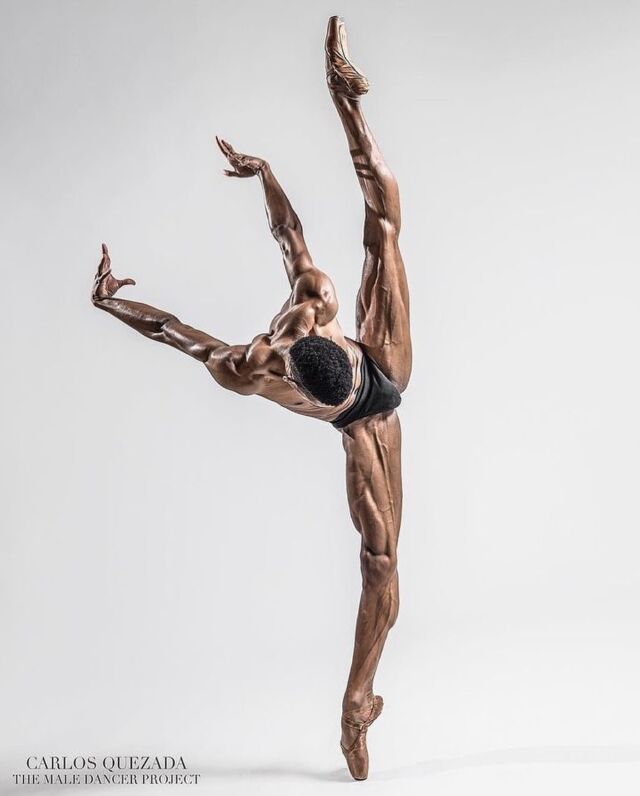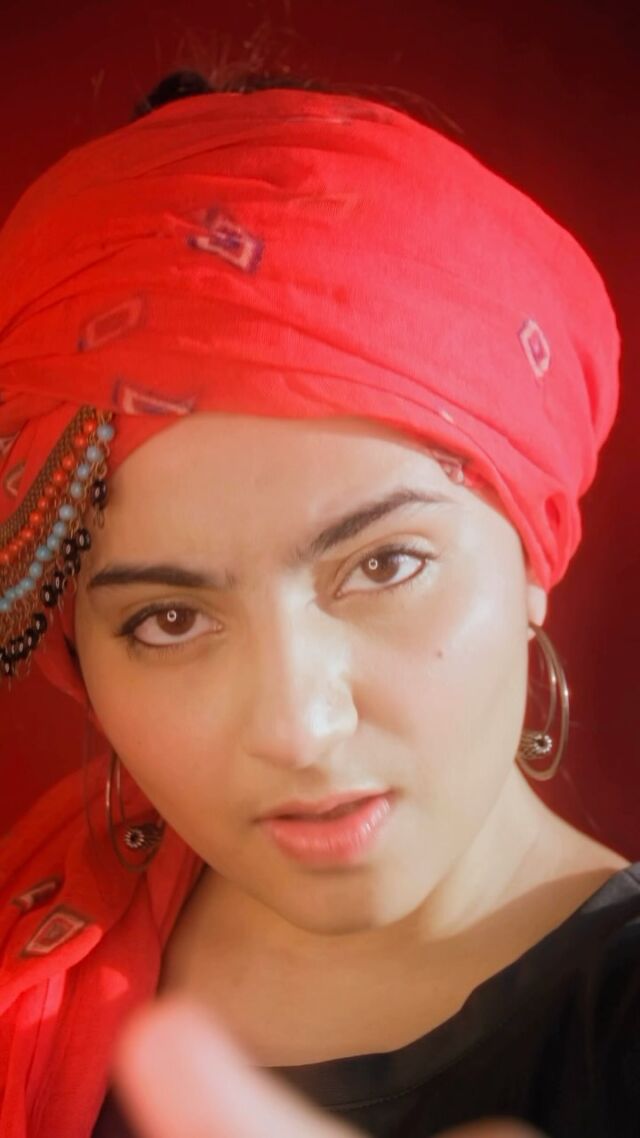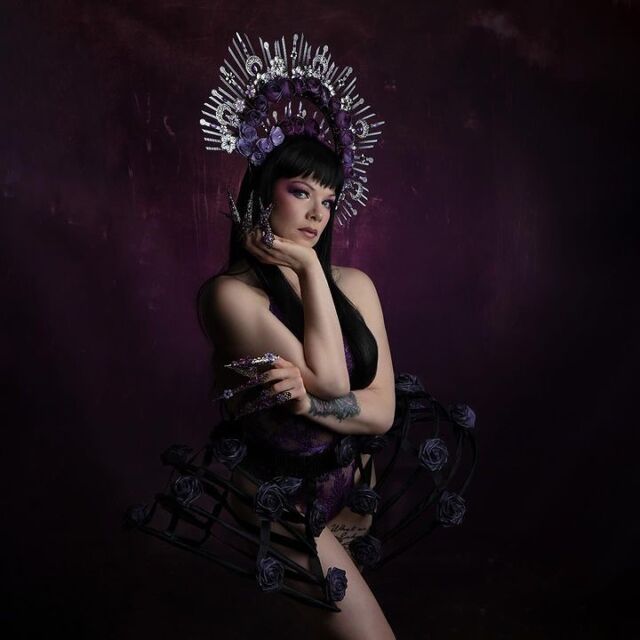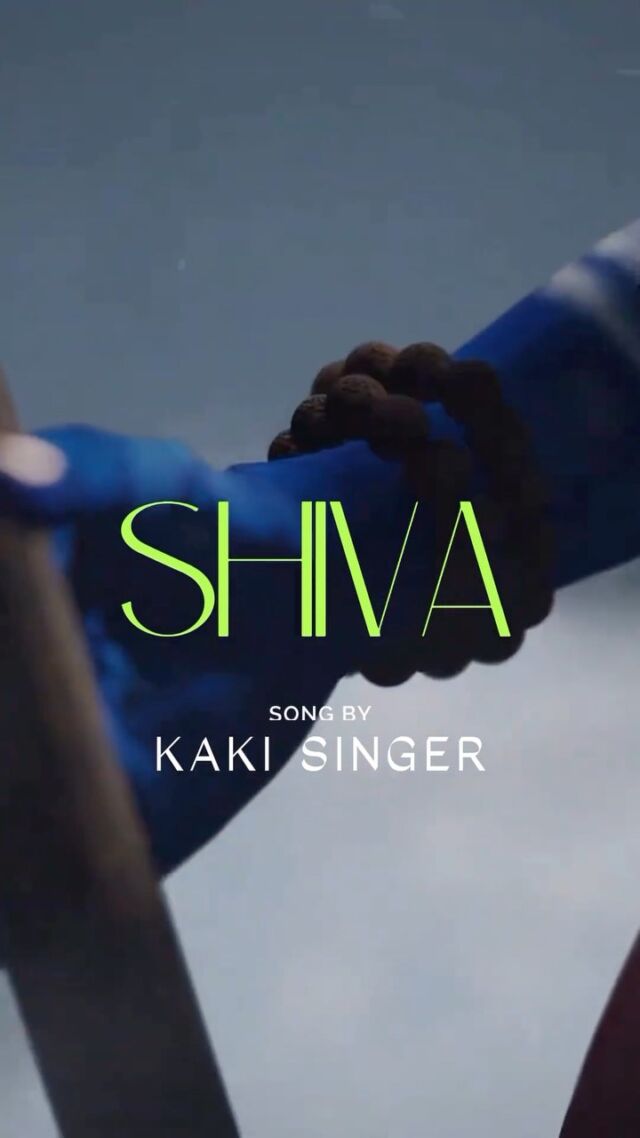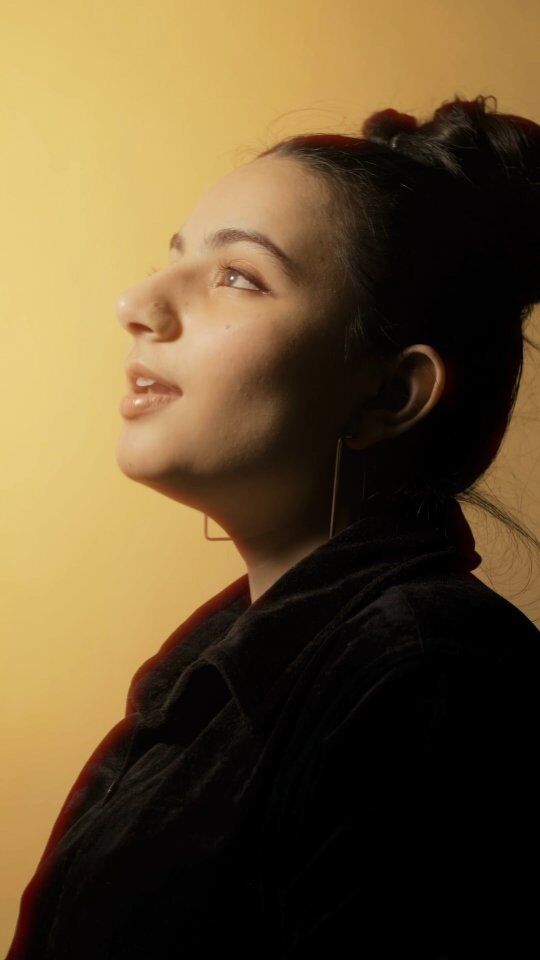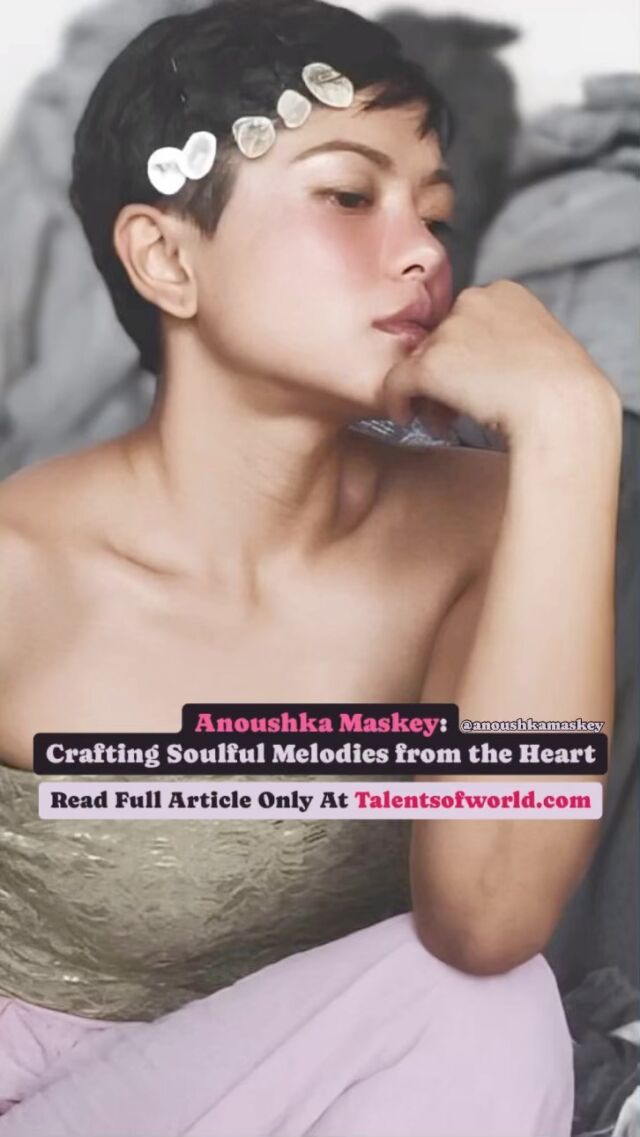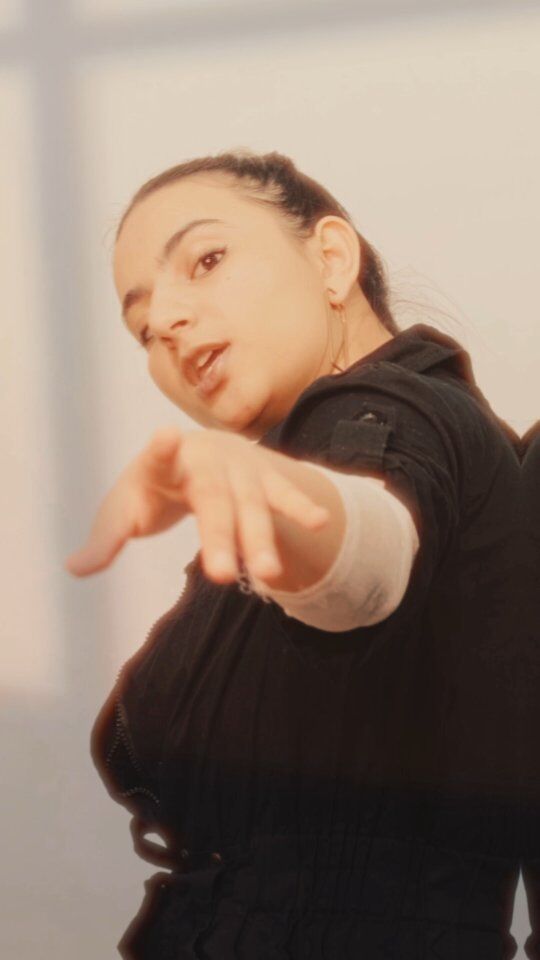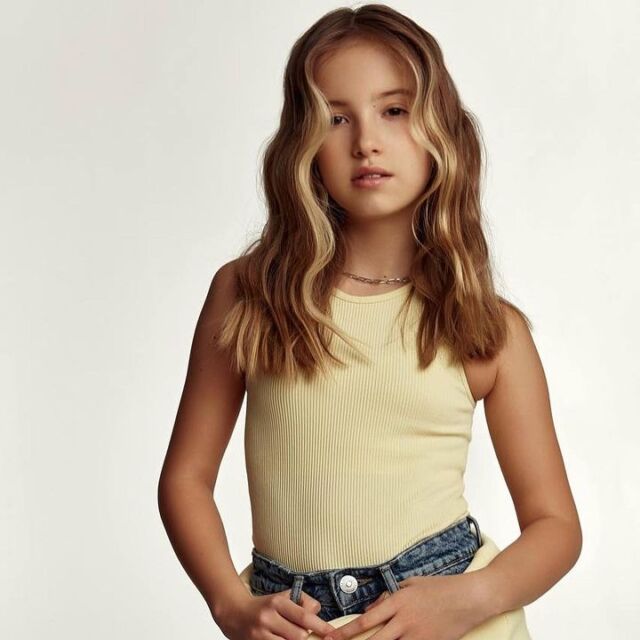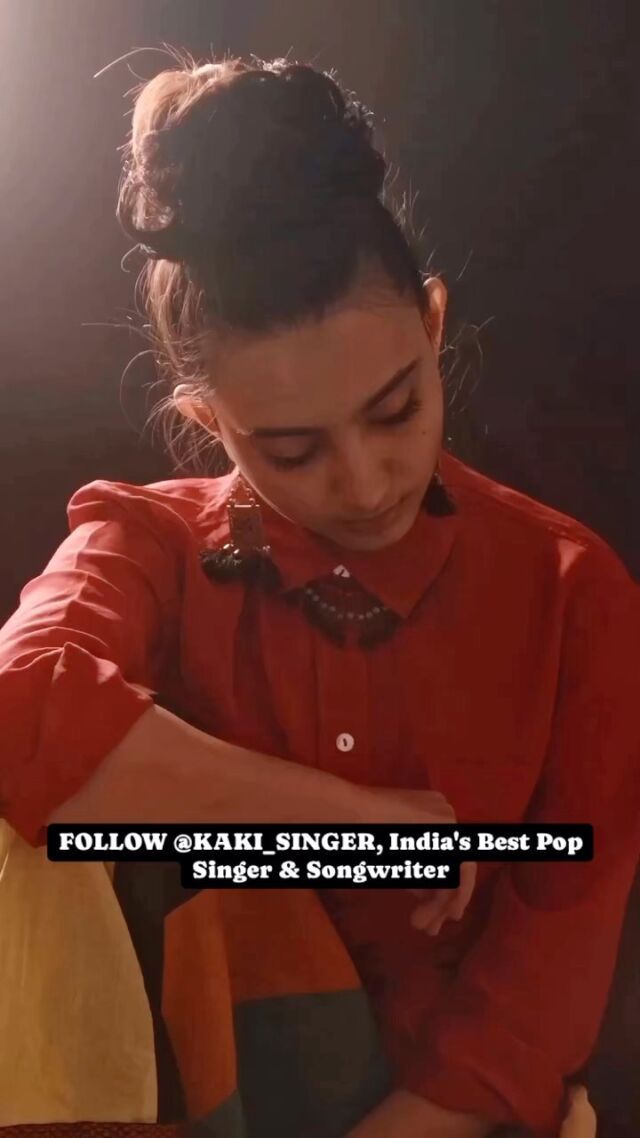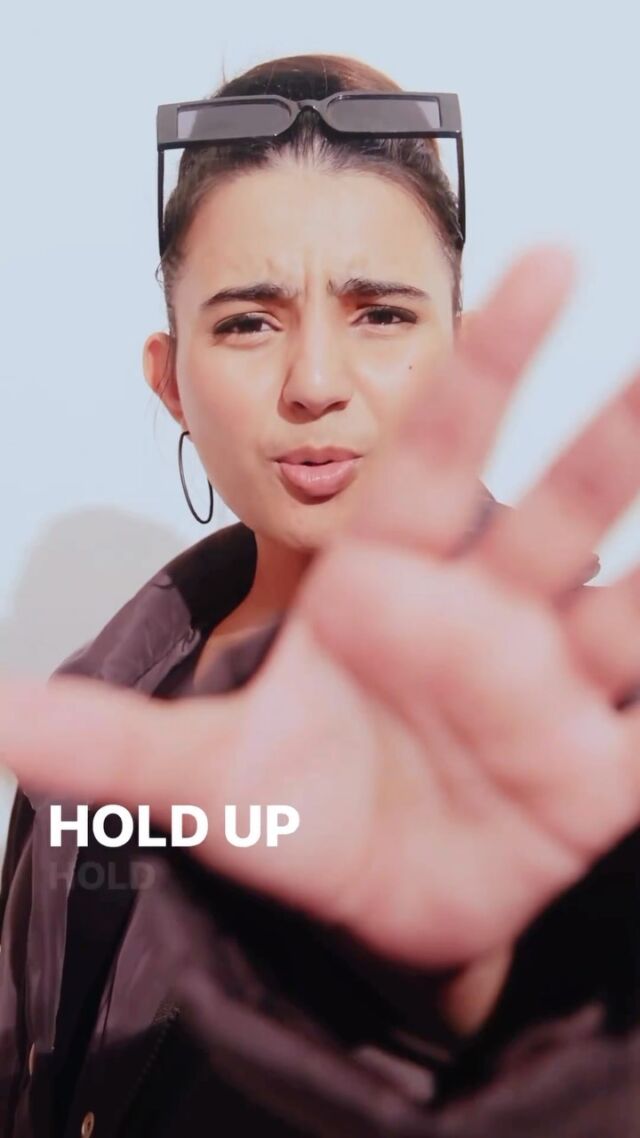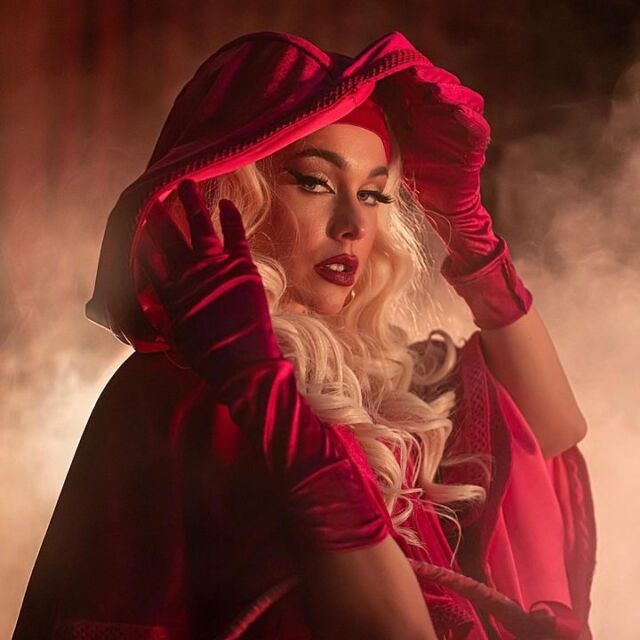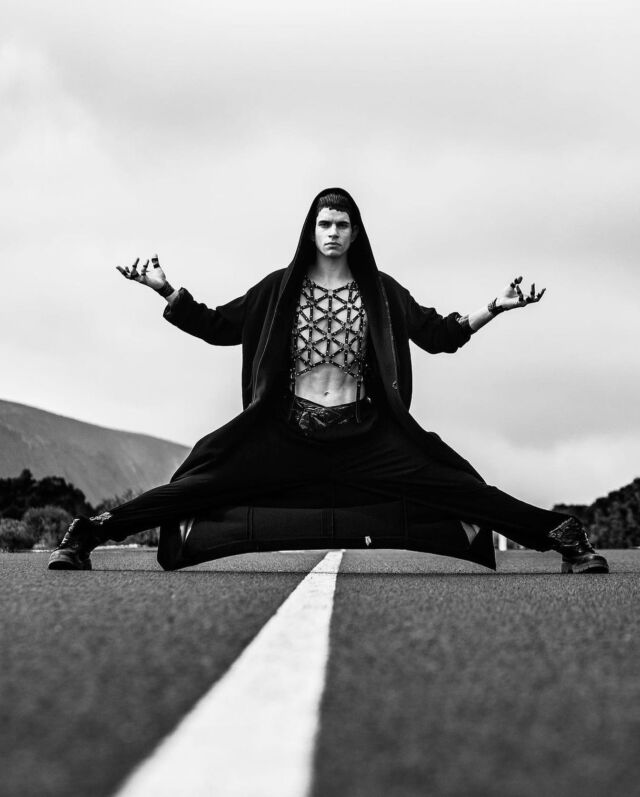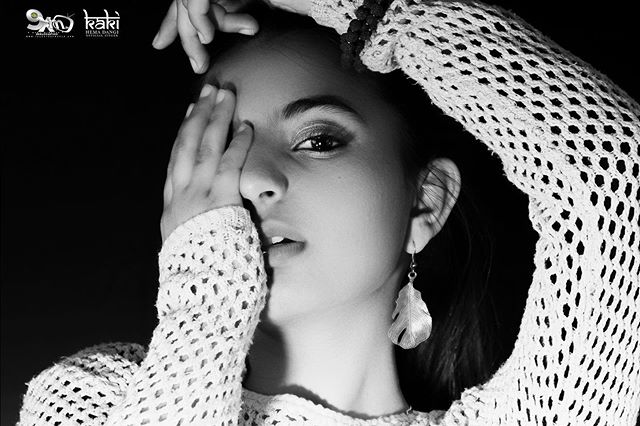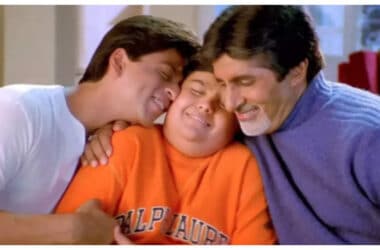◆ ◆ ◆
Billy Hart, drummer
“Why Did I Choose You?”
One of my favorite records I’ve ever made was “A Lazy Afternoon,” with me and Buster Williams accompanying Shirley. And one of my favorite tracks from it is “Why Did I Choose You?” It’s amazing how she made us feel when we were on the bandstand with her. More than one time, she made me cry. It was embarrassing, in front of the audience, but I was so moved by the music. And her influence shows up everywhere, both as a singer and a pianist. When you hear Herbie Hancock, even, you say: Man, Herbie really heard Shirley Horn! Anybody would say that, but I in particular can say that because I played with Shirley Horn opposite Miles Davis at the Village Vanguard, more than once, and that’s when I met Herbie. A bunch of younger singers, like Diana Krall, really based their way of singing on Shirley. I was talking not long ago to Samara Joy, and she said that “A Lazy Afternoon” is one of her favorite records.
◆ ◆ ◆
Andrey Henkin, music critic
“Consequences of a Drug Addict Role”
Like contemporary Nina Simone, the classically trained pianist Shirley Horn started out as a reluctant singer. And, after her first success in the early 1960s, Horn became increasingly dissatisfied with the settings in which she was heard, so much so that she departed the spotlight in 1966. Before her re-emergence in the late 1970s and increasing fame through the end of her life, she made a single album in 1973 for the obscure Perception label, a return to the intimacy of her 1960 debut and again featuring her piano. Closing out the date, a set mixing Great American Songbook standards and recent pop fare, is the audacious divergence in Horn’s discography “Consequences of a Drug Addict Role.”
Over a sparsely sinister musical backdrop — Horn’s sole composer credit — is Harold Wing’s poetry recounting a life of dependency, lines like “a challenge a day/no work or play/nothing to say/but how’s the stuff today.” Horn’s unadorned vocal style is rendered all the more chilling by an added echo effect, especially striking when she repeats “Death” to close out the track. In six minutes, Horn puts you on the cold streets, looking for a fix while looking over your shoulder.
◆ ◆ ◆
Fredara Hadley, scholar
“Return to Paradise”
Whenever I find myself in a tropical and lush corner of our planet, “Return to Paradise” is the song that plays in my head. It happens every single time unconsciously. The brilliance of Shirley Horn’s vocal phrasing and sensitive piano playing means that even when I am not in a tropical and lush corner of our planet, listening to “Return to Paradise” creates a moment of sublime respite. I first fell in love with Shirley Horn when I heard Mark de Clive-Lowe’s remix of “Return to Paradise” for the 2002 “Verve Remixed” compilation. Twentysomething me danced and vibed to his version, but I loved her voice so much that I happily fell down the rabbit hole of her discography. I became a devotee of her unrushed melodic storytelling and a delighted eavesdropper on the intimate conversation between her voice and her piano. For me, Shirley Horn is paradise found.
◆ ◆ ◆
Rusty Hassan, radio D.J.
“Keepin’ Out of Mischief Now”
Shirley lived a few blocks from me. She was not only a friend, she was a neighbor. And as she got more and more famous and celebrated, with the income she had coming in, rather than move, she kept adding onto her house, building additions onto her home on Lawrence Street. One time I saw her, she said: “I can’t do any more — I can’t get any more permits. But I finally got the room I want that will fit the grand piano.” She was really tight with D.C. — her loyalty to D.C. was such that she always did New Year’s Eve at the One Step Down, on Pennsylvania Avenue. And her album “The Main Ingredient” was recorded at that house on Lawrence Street. The tune “Keepin’ Out of Mischief Now” is up-tempo, and something that people could easily be drawn to. The whole atmosphere was really like having a party. When you saw her in concert, she’d be well dressed, to the nines, wearing gloves, and really conscious of who she was in performance. But when she was off the stage, it was: “How you doin’, c’mon, let’s eat, let’s have some fun.” “Keepin’ Out of Mischief Now” is an old swinger, a Fats Waller tune, and I think that spirit is in the music.
◆ ◆ ◆
Jordannah Elizabeth, music critic
“Here’s to Life”
Jazz vocalists can be considered equivalent to the aging process of all wines, from widely produced California merlots to the rarest Bordeaux; time is of the essence. Shirley Horn’s later work, 1992’s “Here’s to Life” (Verve), became her signature modern standard, as the cooing string section behind her creates a potent sonic realm, flowing like new silk for Horn to deliver an unforgettable performance. Horn’s sensibility — controlled, romantic and intuitive — also feels very intentional, almost as if she knew “Here’s to Life” was to be an emblem of wisdom and survival that is more sweet than bitter. She is regal, classic and simply perfect.
Source link







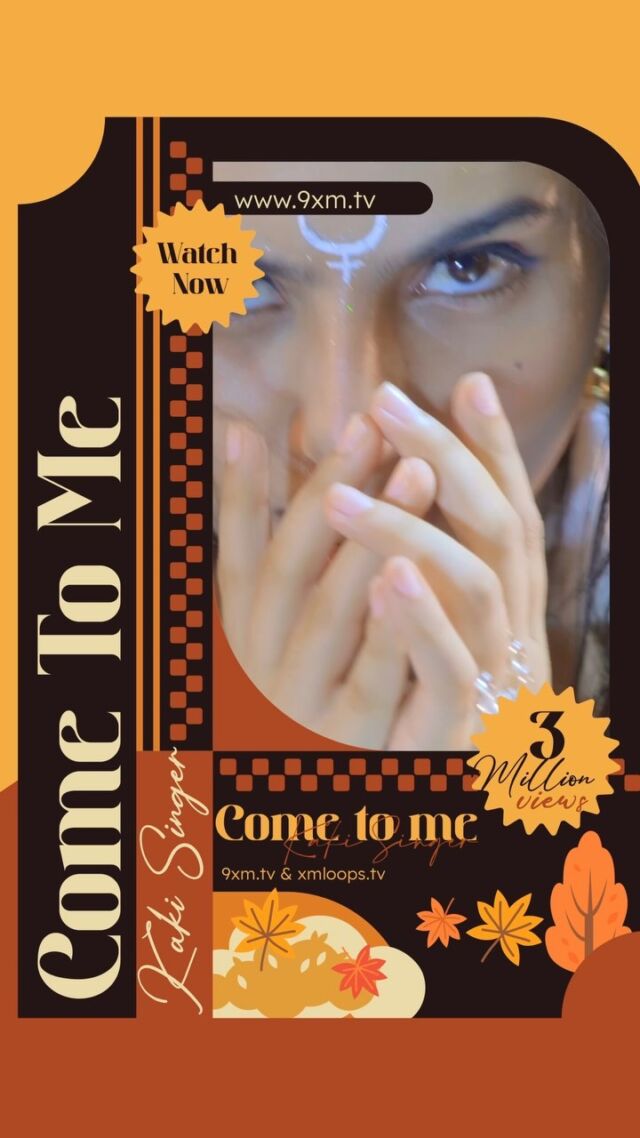

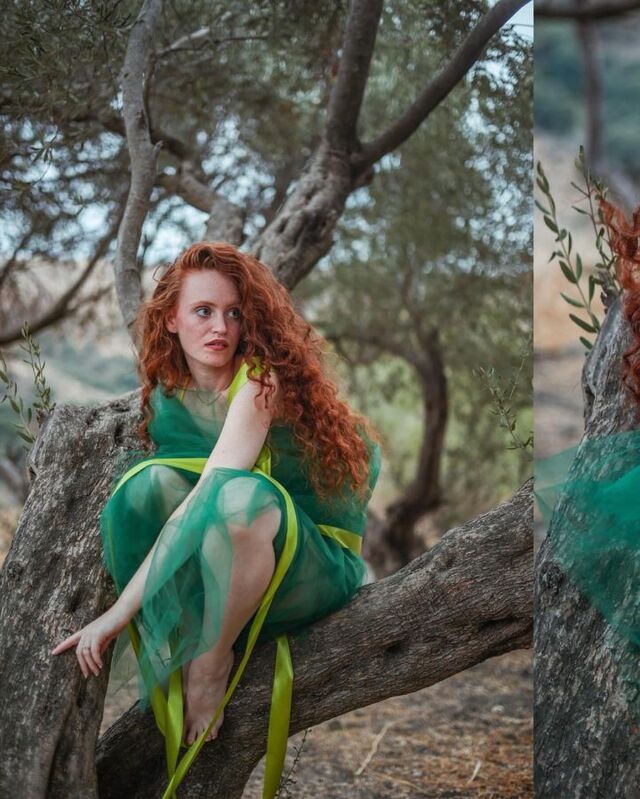
![Growing up learning Indian Classical Music, I’ve developed a deep appreciation for diverse musical genres, and techno is definitely one that has captured my interest. Got inspired to write this track by blending the beautiful melodies of Hindustani classical, particularly Raag Bhairav, with the beats of techno. Excited to share this fusion with you all!
Music by @miladzki
Check it out and vibe with me! 🎶✨
[ techno, newmusic, fusion, indianclassicalmusic, techno, music, kakisinger ]](https://talentsofworld.com/wp-content/uploads/wp-social-ninja/instagram/9xm.tv/18327743320185528_full.jpg)
![Listen to this Version of Dil Kho Gaya
Original Song From the Movie Dil.
Anand-Milind, Udit Narayan, Anuradha Paudwal sung this song
Music by Anand-Milind
Hope you guys like this Rendition of the Classic Song by Kaki Singer.
Like, Share & Comment.
[ Dil, Dil kho Gaya, old songs, Classic Bollywood, old song covers, retro songs, indian old songs, old hindi songs, melodies, kaki singer, Indian singers ]](https://talentsofworld.com/wp-content/uploads/wp-social-ninja/instagram/9xm.tv/17999564600299237_full.jpg)
